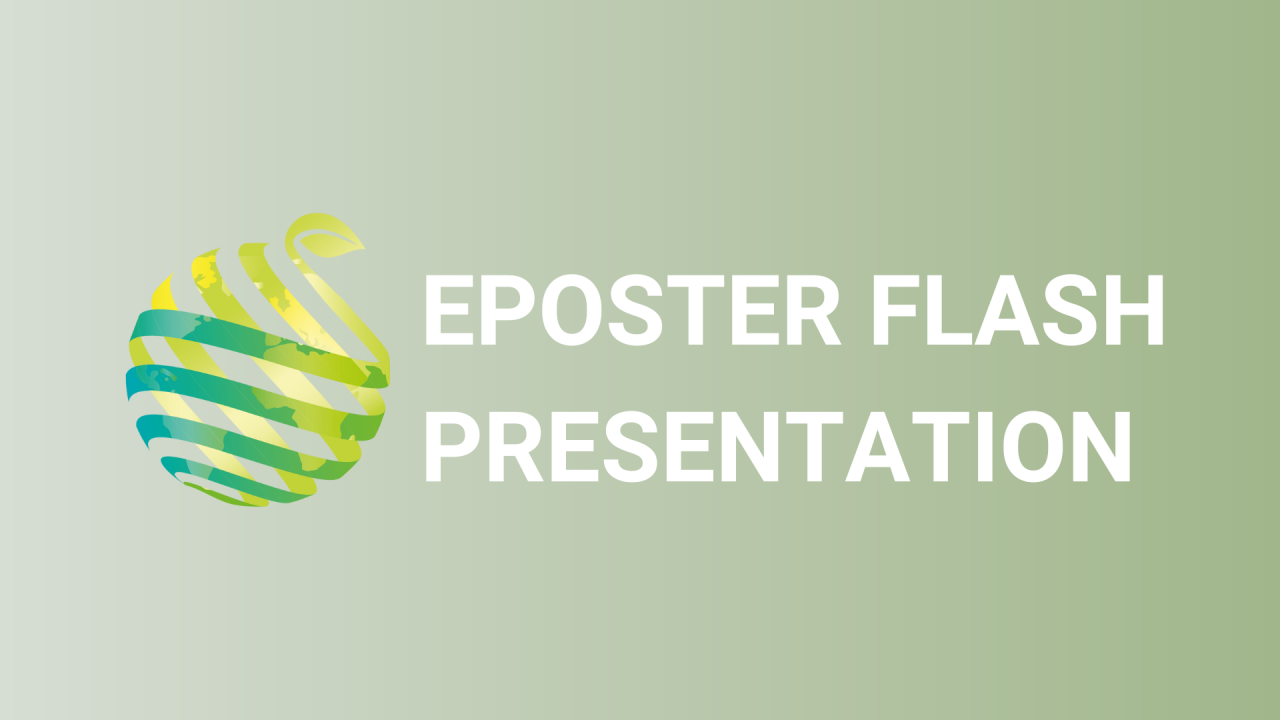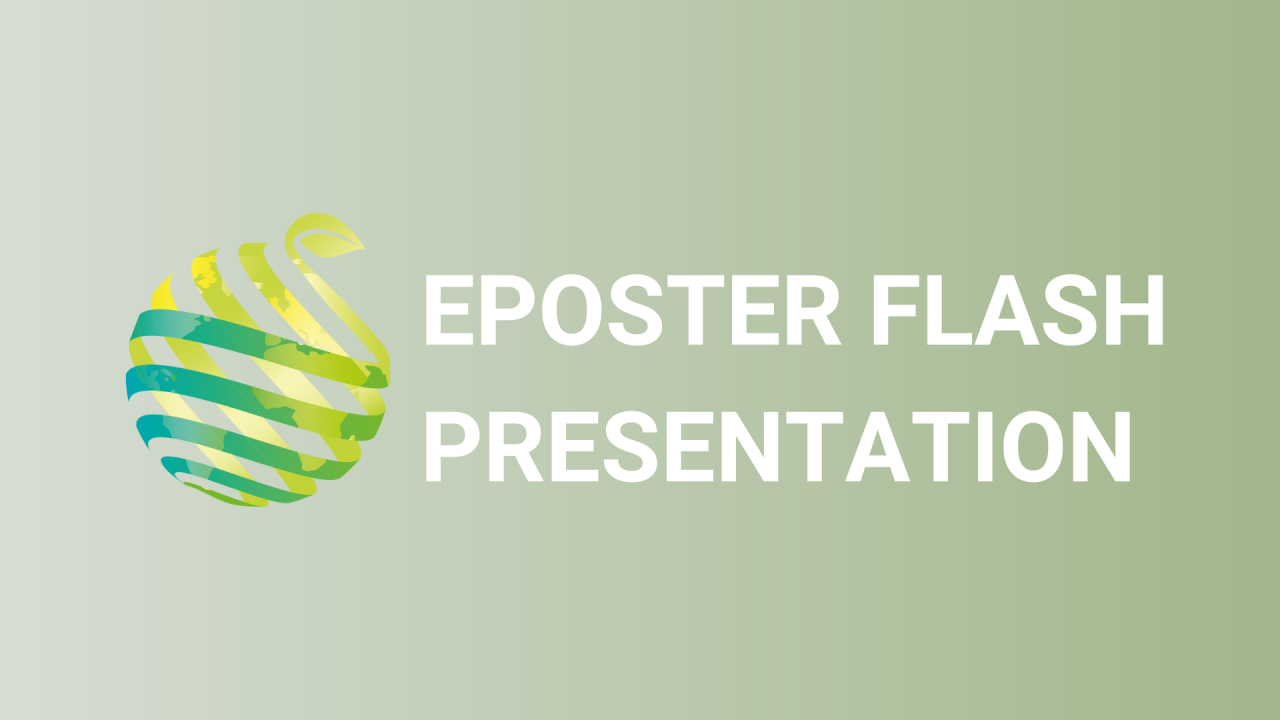

S23 - Session P2 - Effects of H2S postharvest treatment on fruit quality attributes of Mespilus germanica L. during shelf-life
Information
Authors: Mahtab Moradi Digehsara *, Rahim Naghshiband Hasani, Silvana Nicola
Medlar ( Mespilus germanica L . ) is grown wildly in the Talesh city of Guilan province (Iran) and is considered as a popular fruit which is harvested in November and December. Hydrogen sulfide (H 2 S) was recently recognized as an endogenous gaseous molecule that delays senescence in plants. This study was conducted to determine the effects of postharvest application of H 2 S fumigation releasing from 0 (control), 0.5, 1 and 1.5 mM H 2 S donor NaHS on some of qualitative parameters of medlar fruit during the shelf-life period (0, 7, 14 and 21 days). On the sampling dates, firmness, soluble solid content (SSC), pH, titratable acidity (TA), SSC/TA and browning index of the skin and pulp were analyzed. The experiment was conducted in a factorial experiment based on a completely randomized design with three replications. According to the results, medlar fruits treated with 1 mM NaHS had the lowest SSC and SSC/TA, and the highest TA and pH by the end of shelf-life. Moreover, 1 and 1.5 mM NaHS treatments significantly maintained fruit firmness compared to the control treatment. Also, our results revealed that browning index of the treated medlar fruits with 1 and 1.5 mM NaHS was significantly reduced compared to other treatments throughout 21 days of shelf-life. In general, it can be concluded that 1 mM NaHS treatment was the most effective treatment for maintain the quality of medlar fruits during the shelf-life period.